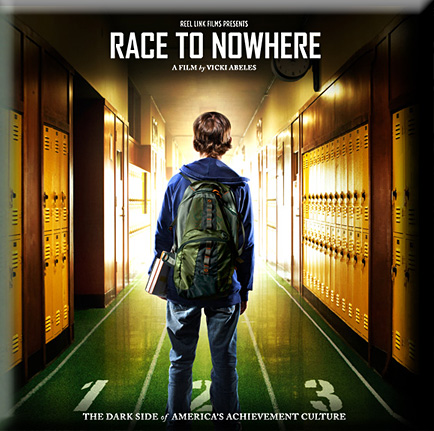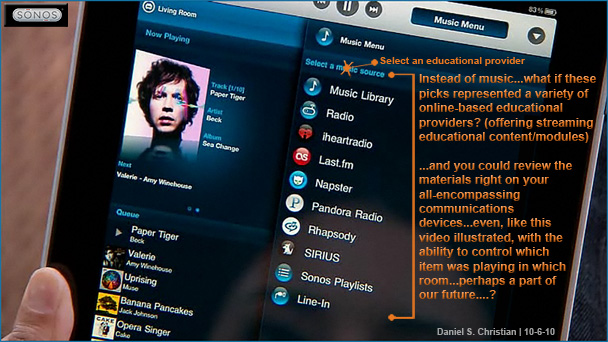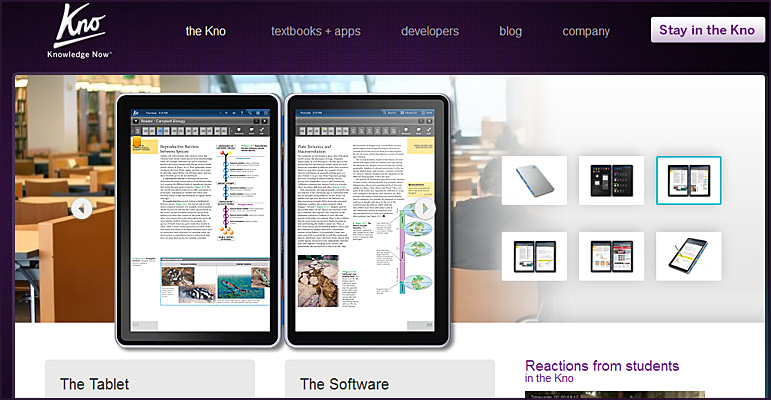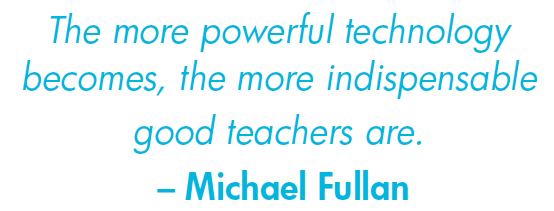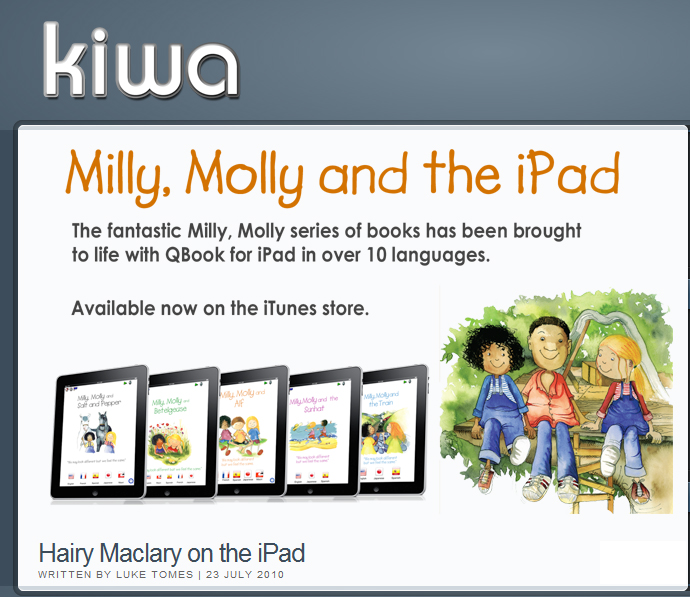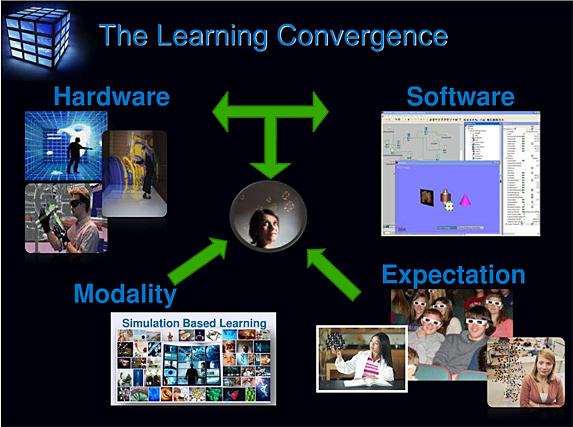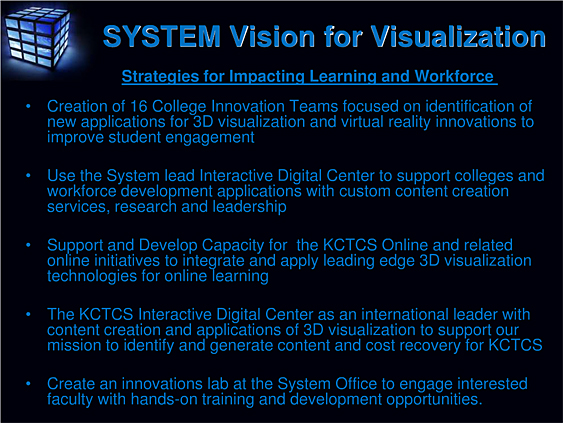Buffett, Gates persuade 40 billionaires to donate half of wealth — from OregonLive.com
SEATTLE — Forty wealthy families and individuals have joined Microsoft co-founder Bill Gates and billionaire investor Warren Buffett in a pledge to give at least half their wealth to charity.
Those who have joined the Giving Pledge, as listed on its website, are: Paul G. Allen, Laura and John Arnold, Michael R. Bloomberg, Eli and Edythe Broad, Warren Buffett, Michele Chan and Patrick Soon-Shiong, Barry Diller and Diane von Furstenberg, Ann and John Doerr, Larry Ellison, Bill and Melinda Gates, Barron Hilton, Jon and Karen Huntsman, Joan and Irwin Jacobs, George B. Kaiser, Elaine and Ken Langone, Gerry and Marguerite Lenfest, Lorry I. Lokey, George Lucas, Alfred E. Mann, Bernie and Billi Marcus, Thomas S. Monaghan, Tashia and John Morgridge, Pierre and Pam Omidyar, Bernard and Barbro Osher, Ronald O. Perelman, Peter G. Peterson, T. Boone Pickens, Julian H. Robertson Jr., David Rockefeller, David M. Rubenstein, Herb and Marion Sandler, Vicki and Roger Sant, Walter Scott Jr., Jim and Marilyn Simons, Jeff Skoll, Tom Steyer and Kat Taylor, Jim and Virginia Stowers, Ted Turner, Sanford and Joan Weill and Shelby White.
From DSC:
This is fantastic news! Excellent. I’m a big supporter of various charities myself — albeit with far fewer O’s ($$) behind the amounts of my checks than what these folks are able to provide! 🙂 But it got me to thinking…
If the United States government — or the government from another interested nation — could even get 1-2 billion of this enormous accumulation of wealth, think what could be done to create interactive, multimedia-based, engaging, customized/personalized, online learning-based materials that could be offered FREE of charge to various age groups/cognitive levels. Creative simulations and animations could be built and offered — free of charge — to students throughout the world. The materials would be available on a variety of devices for maximum flexibility (laptops, notebooks, iPads, iPhones, tablet PCs, workstations, etc.)
An amazing amount of digital scaffolding could be provided on a variety of disciplines. THIS could represent the Walmart of Education that I’ve been talking about…wow!










